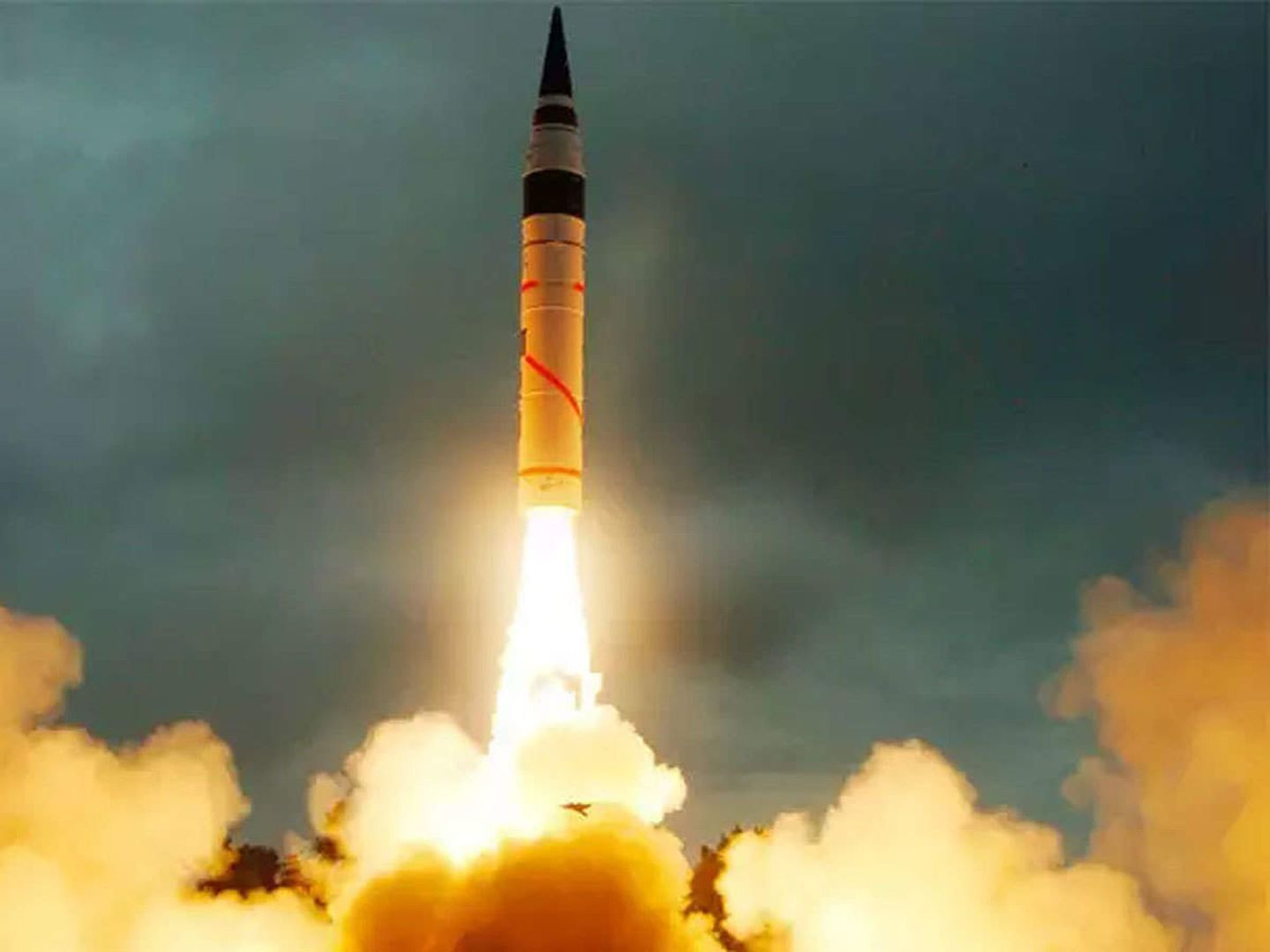India has added its second nuclear-capable ballistic missile submarine, the INS Arighaat, to its naval fleet. The commissioning took place in late August, with Indian Defense Minister Rajnath Singh declaring that it strengthens the country’s nuclear deterrence amid rising concerns about both China and Pakistan. Despite this advancement, India’s capabilities still lag behind China, whose People’s Liberation Army Navy boasts a fleet that includes six Jin-class nuclear-powered ballistic missile submarines, which outmatch India’s two ballistic missile submarines in terms of firepower.
The INS Arighaat, named “Destroyer of the Enemy” in Sanskrit, joins the INS Arihant, commissioned eight years ago. Both submarines, 366 feet long with a 6,000-ton displacement, are equipped with K-15 Sagarika ballistic missiles with a range of about 750 kilometers (466 miles). However, this range limits their ability to strike deep within Chinese territory from the Indian Ocean, as analyst Carl Schuster points out.
China’s Jin-class submarines can carry missiles with a range of at least 8,000 kilometers (4,970 miles), along with the capability to carry multiple nuclear warheads, further tilting the strategic balance in Beijing’s favor. The Arighaat aims to improve India’s second-strike capability, crucial in maintaining nuclear deterrence. While India is developing longer-range missiles for future submarines, it may take years for these capabilities to materialize. For instance, Arighaat took nearly seven years from launch to commissioning, suggesting that the next Indian ballistic missile sub may not be ready until 2030.
India’s efforts to develop its sea-based nuclear deterrent are part of a broader ambition to establish a robust second-strike capability, especially as the country faces growing threats from both Pakistan and China. Pakistan is modernizing its fleet with Chinese-designed submarines, while China’s naval buildup includes regular nuclear deterrence patrols by its Jin-class submarines. India’s Arihant-class submarines, though limited in number, will help counter these regional threats, with the Indian government planning further investments, reportedly $31.6 billion over the next decade.
While China’s navy is significantly larger and more advanced, India’s naval buildup sends a strong message about its strategic ambitions. The country’s pursuit of more sophisticated submarines and long-range missiles is aimed at achieving greater parity with China and ensuring a secure nuclear second-strike force capable of deterring aggression.















